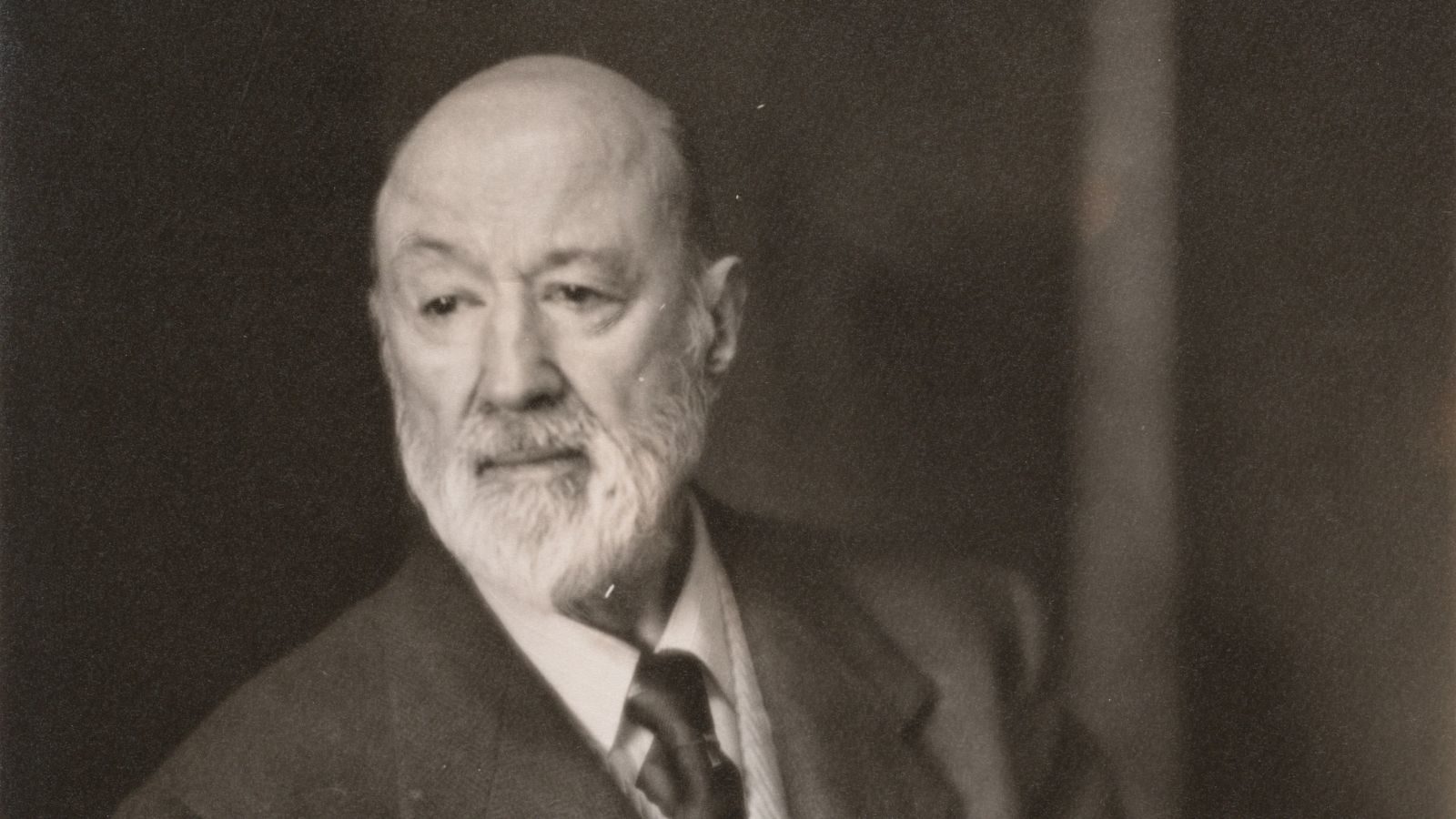What constitutes American Classical music? Perhaps we could define it by the Western sound of Copland, who delineated the open plains in a series of open fifths or Ellington who took Jazz, a distinctly American genre to the symphonic stage, or even Dvorak who wasn’t American at all but somehow managed to be one of the best at defining American classical music.
For other nations, the distinction was easy. France holds impressionism, full of soft lilting melodies and making use of modal harmony when it had become somewhat obsolete. Germany was defined in Wagnerian extravagance, Italy laid claim to opera, and Russian music was re-interpreted again and again by Tchaikovsky, Stravinsky, Prokofiev, and Shostakovich in a series of controversial (and frequently politically controversial) harmonies. What did America have? I think it might be fair to say that American music is defined more by subject matter than it is by tonality or style. Charles Ives is perhaps one of the best examples of this. 
The headline of the Chicago Defender reads “Chicago Symphony opens with Ives’ Decoration Day”. This is one of four pieces written by Ives called “Four New England Holidays” all based on his childhood on the east coast. Decoration day (or memorial day as we know it now) is full of “simultaneity” meaning that different instruments are playing entirely incongruent parts that line up in some vertical manner. He was much ahead of composers in Europe that would eventually try the same thing (Chicago Defender). 
Ives was always very dedicated to depicting a scene. In Decoration Day, there are many elements that can lead the audience to know exactly what was in Ives’s head. The movement starts with rather disturbed and incongruent parts punctuated by church bells, made to signify the “fragmented memories and melodies” that his father shared with him about the Civil War (Coffill). Eventually the piece breaks out into a full military march, before returning to an even more haunting, bare bones version of the opening. Such clear depictions of an event can be seen in many of Ives’s other works such as “Central Park After Dark” where the instruments are supposed to emulate the sounds of central park including voices and car horns (Keller). Both of these settings are inherently American, but his styling is nowhere in relation to Copland, Price, or Ellington. However, all of these composers did write about the subject matter of America, and maybe that is where the true musical nationalism lies.
Sources:
“Chicago Symphony Opens with Ives’ ‘Decoration Day’.” Chicago Defender (Daily Edition) (1973-), Nov 19, 1974. https://www.proquest.com/historical-newspapers/chicago-symphony-opens-with-ives-decoration-day/docview/494084643/se-2.
Coffill, B. (2019). Charles Ives’s Decoration Day: A Conductor’s Guide. SAGE Open, 9(1). https://doi.org/10.1177/2158244018820353
Keller, James M. “Notes on the Program – New York Philharmonic.” NyPhil.org, NY Philharmonic, https://nyphil.org/~/media/pdfs/program-notes/1819/Ives-Central-Park-in-the-Dark.pdf.
